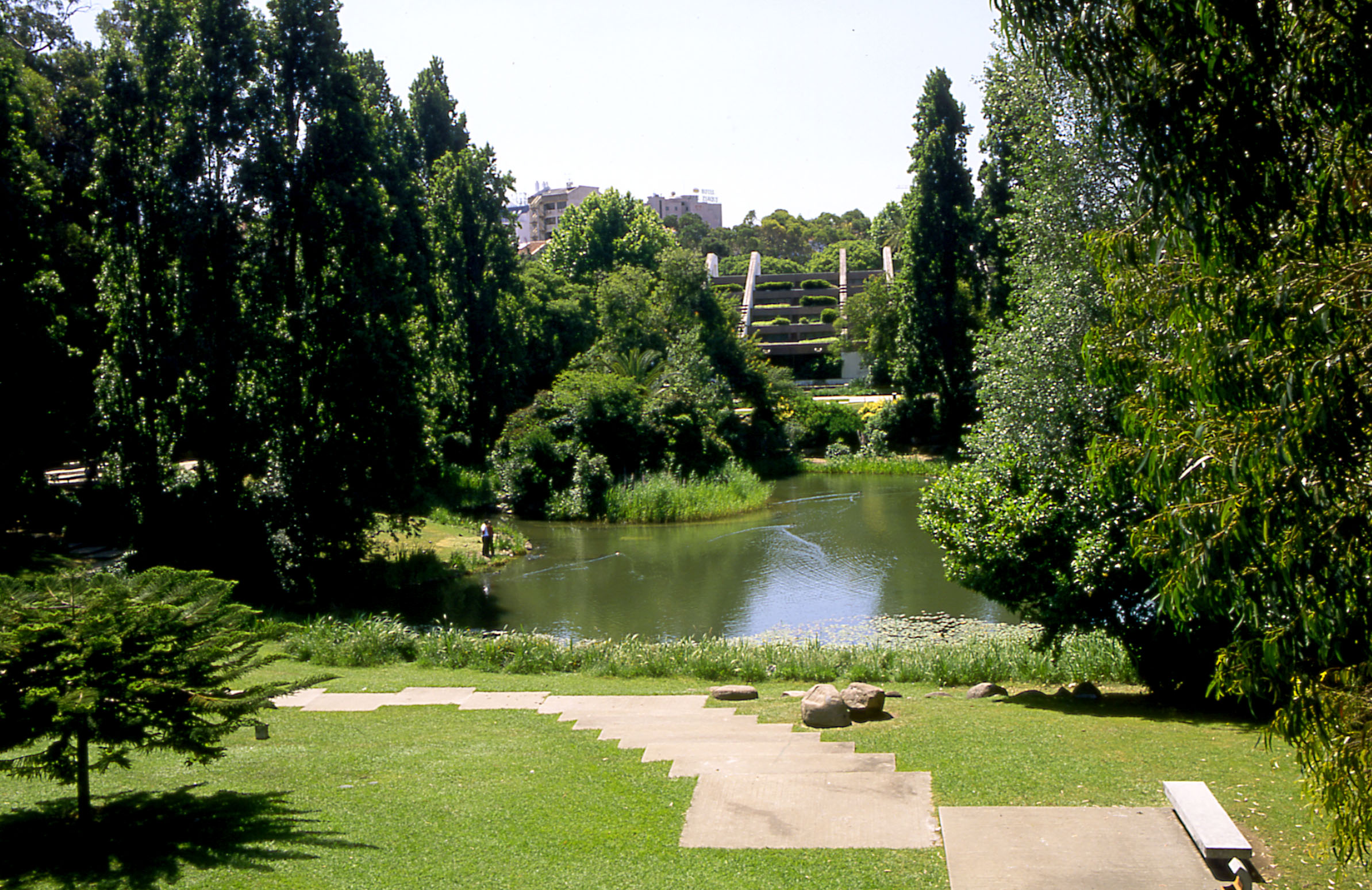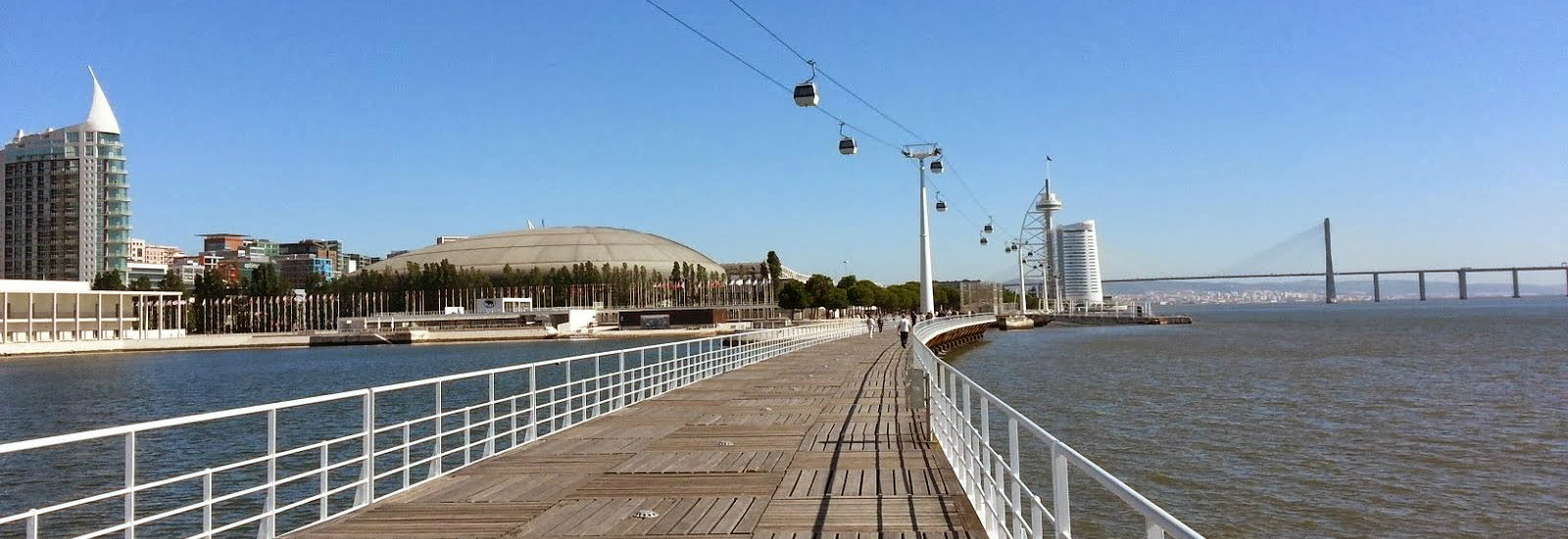Discover where to go for a nice walk in Lisbon
The ideal plan for sightseeing in Lisbon is to walk through the main historical neighborhoods by foot and relax in the beautiful gardens of the capital
Lisbon is a great city for walking, despite being located on the seven hills. Flat paved areas such as Baixa Pombalina, Belém or Parque das Nações are very easy to navigate through and the others, like the way up to Castelo de São Jorge, are more expensive, but worth the effort. We chose the gardens and the historic areas for strolling in Lisbon.
Jardins
Parque Eduardo VII: It is the largest park in the center of the city, occupying about 25 hectares, which include large garden areas, a playground and a belvedere. From its height you can take some great photos, that cover the whole park until the roundabout of the Marquês de Pombal.
Parque das Nações: the place that hosted the Expo 98 is one of the best areas of the city for walking. Just go there at the weekend to see families relaxing and people strolling with their dogs. A third of the Parque das Nações intended to green areas, highlighting the Rossio dos Olivais with its waving flags and water mirror.

Belem Tower Gardens were built in 1940 and since than they are a very popular choice for sightseeing in the city, among the locals and the foreigners. Relax in the gardens between visits to the magnificent monuments of this area.
Garden of the Calouste Gulbenkian Foundation: one of the most famous and quiet gardens of the capital has a lake, several water streams and paths, as well as an outdoor amphitheater, that hosts several shows in the summer. It was opened in the 60s and since then it is a prime choice for great walks in Lisbon for couples and families.
Zonas históricas
Baixa Pombalina: it is inevitable to get to know this area on a trip to Lisbon. The Terreiro do Paço is the ideal starting point for this trip in history. Pass through Rua Augusta and follow to Rossio Square, then walk along Avenida da Liberdade, where the most luxurious shops of the capital are located. Pass through Largo do Chiado and go for an evening drink in Bairro Alto.
Alfama: let yourself be amazed by the most traditional neighborhood in the capital. This neighborhood survived the 1755 earthquake and retains the atmosphere of the old days. On Tuesday and Saturday you can extend the walk to Campo de Santa Clara and enjoy a visit to the Feira da Ladra.
Mouraria and Martim Moniz: the most multicultural areas of lisbon have both one traditional component. The Mouraria neighborhood is the birthplace of fado and has many taverns and houses, dedicated to this musical style. There are also several Chinese, Indian, Vietnamese, among others. This area, revitalized in recent years, is an interesting fusion of traditional Portuguese culture with the other cultures that have settled over the years.




